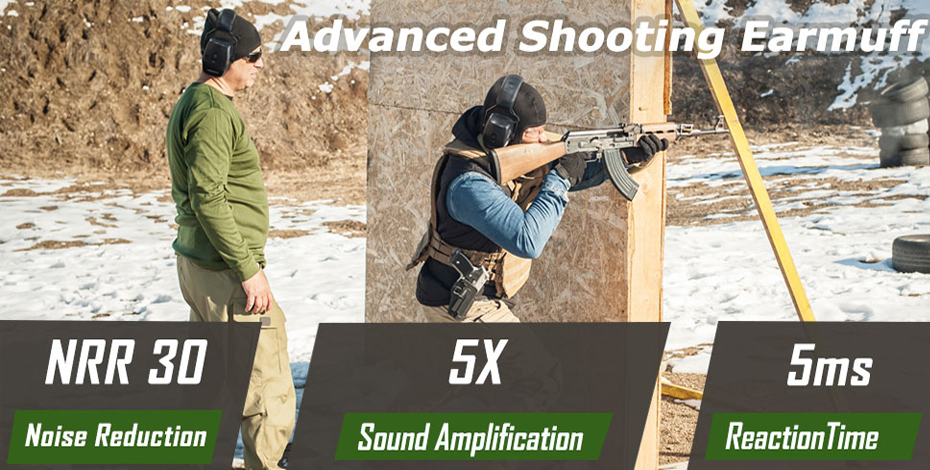Copyright Hangzhou ZH Tech Co.,LtdAll Rights Reserved. Powered by www.300.cn 浙ICP备19002797号-1
Thank you for your interest in ZH TECH,Our entire team appreciate it.
We are a professiaaaonal manufacturer and exporter of hearing protector in China in last 10 years and accept OEM.
Quick Links
About Us
Contact us
No. 6 Shunle Road, Yuhang Jingshan, Hangzhou
Email: sale@zh-safety.com
Phone +86 15888861058
FAQ
FAQ
Different Hearing Protection Options for Hunters
There are many different kinds of hearing protection on the market, ranging from the most simple (foam earplugs) to the increasingly more complex (electronic earplugs or electronic ear muffs). Let’s look at the different options and see how they compare.
Foam Ear Plugs: Simple foam earplugs are probably the easiest, cheapest form of hearing protection to come by. They do have some advantages, namely the fact that they’re inexpensive, small and versatile enough to be used for many different applications. They also have an NRR of 33, making them pretty solid for blocking noise.
Still that doesn’t mean that they don’t come with some drawbacks, the largest of which being that they only protect the ear canal. This means that the sensitive bones of the ear are left largely unprotected. The second big problem is that foam earplugs dampen all noise, regardless of where it comes from, making it just as hard to hear a rangemaster’s commands as it is a gunshot.
Ear Muffs: With an NRR of 30, a pair of shooter’s ear muffs may seem like a step down from foam earplugs, but in many cases, they’re actually a step up. They’re easy to use properly, unlike earplugs, which may require a special technique to insert properly and incredibly simple, just needing to be placed over the ears. Not only that, but ear muffs also protect the entire ear, not just the ear canal. They can also be combined with earplugs for increased protection.

However, this doesn’t mean that they don’t have drawbacks. Ear muffs can be awkward when wearing headgear, such as helmets, hats or beanies. They can also sometimes get in the way when it comes time to take aim, disrupting the fit of the rifle or shotgun to the shoulder. Finally, like earplugs, they block out all levels of noise, meaning that it’s harder to find game or hear conversations when out in the woods.
Electronic Ear Muffs/Ear Plugs: Electronic ear muffs and ear plugs are much like their non-electric cousins. However, they offer one major advantage — the fact that they only block louder noises (85-95 dB). They also retain the advantages of non-electric ear muffs or earplugs. Of course, they also have many of the same disadvantages, as well as one other major disadvantage — cost. Electric ear muffs and ear plugs are by far the costliest option when it comes to choosing ear protection, with a pair of electric earplugs coming in at more than $125 per pair.
Percussive Filters: A percussive filter is like a custom-molded earplug that combines all the good of ear plugs, ear muffs and their electric counterparts into one non-electric package. They cut out harmful noises and won’t lift off your ears when you fire a rifle. One of their only downsides is that, unlike electronic ear muffs or ear plugs, they don’t amplify sound. However, most percussive filters have two different NRR levels, meaning that they can block out loud noises with the 32 NRR section while still allowing regular conversations to flow through the 10 NRR section.







